-
Site of Ashan
2015-10-27
The site of Ashan is a cultural relic site in the city of Baotou in the Inner Mongolia autonomous region that dates back to the Neolithic era.
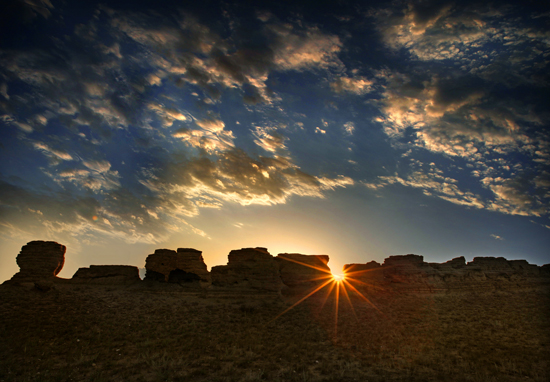
Aolunsumu ancient city
2015-10-27
The ancient city site of Aolunsumu, also known as Zhaowang city, was once the capital of the Wanggu Tribe.
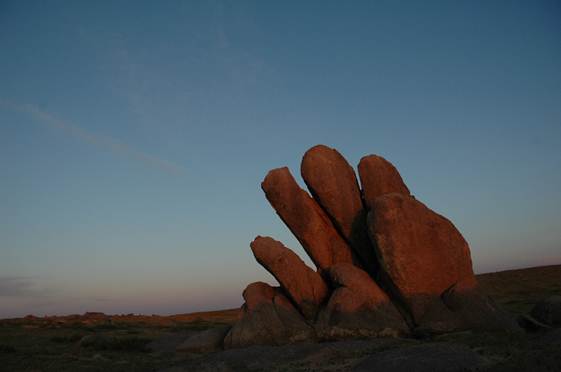
Grassland rock painting
2015-10-27
Grassland rock paintings immortalized in the deserts and mountains of the Inner Mongolia autonomous region contain ancient records of how the Darhan ancestors worshiped.

Guangfu Temple
2015-10-27
Guangfu Temple is an important Lamaism center in the Inner Mongolia autonomous region built during the reign of Emperor Kangxi of the Qing Dynasty (1644-1911).
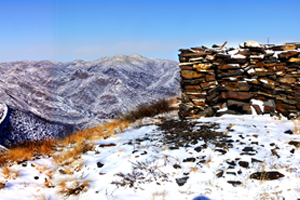
Great Wall constructed in Qin Dynasty
2015-10-27
The Great Wall constructed in the Qin Dynasty (221-206 BC) is a national cultural relic preservation site, with a history of more than 2,200 years.
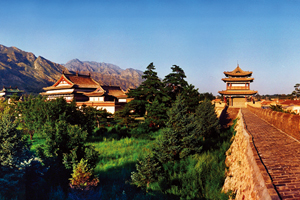
Meidai Monastery
2015-10-16
Meidai Monastery is a historical building built during the reign of Emperor Jiajing of the Ming Dynasty in1565. It has more than 250 ancient halls, including the Grand Hall and the Dalai Lama Temple, with an area of 62,500 square meters.
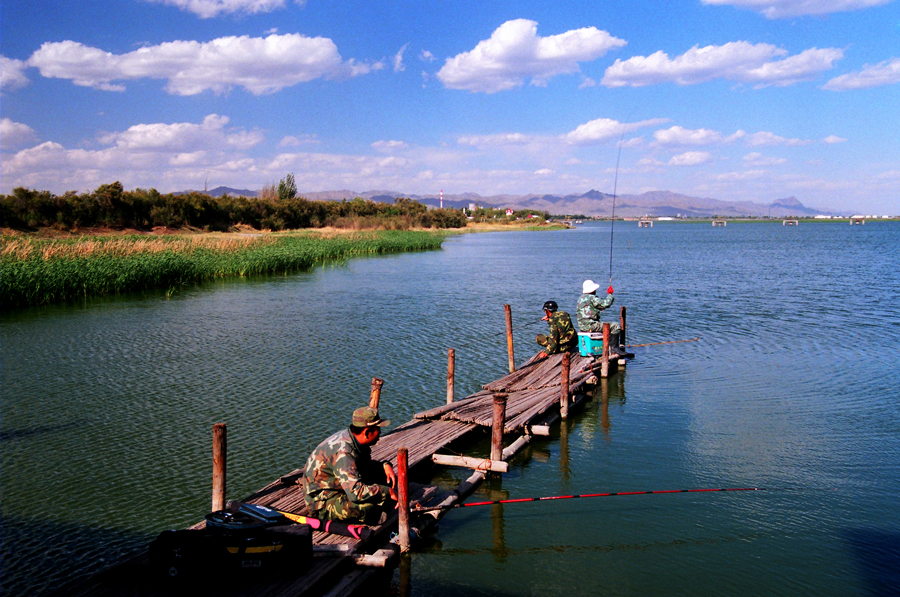
Nanhai Wetland Scenic Area
2015-10-16
Nanhai Wetland is a national 4A-level scenic area in the southern suburbs of Donghe district, Baotou, connecting with the Yellow River to the south.

Shimen Scenic Spot
2015-10-16
Shimen Scenic Spot is located in the Kundulun reservoir, Baotou, with a construction area of 1,035 hectare, and a forest coverage rate of 64.7 percent. It is a national 3A-level scenic spot integrating ecological balance, recreation, conferences and science promotion.
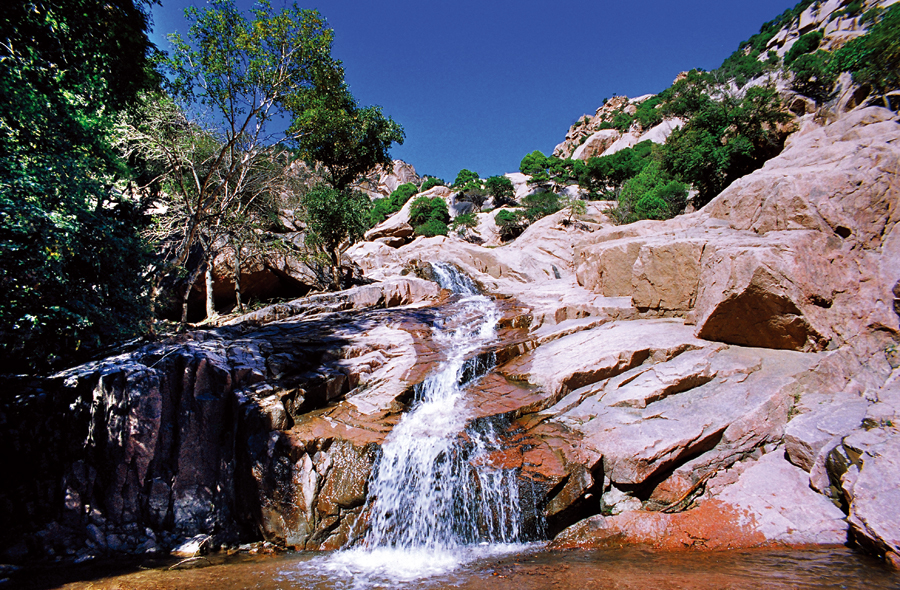
Meiligeng Scenic Spot
2015-10-16
Meiligeng Scenic Spot, which means “intelligent” in Mongol language, is a natural ecological spot in the southern part of Wula Mountain, 30 kilometers away from Baotou.
Home > Attractions
